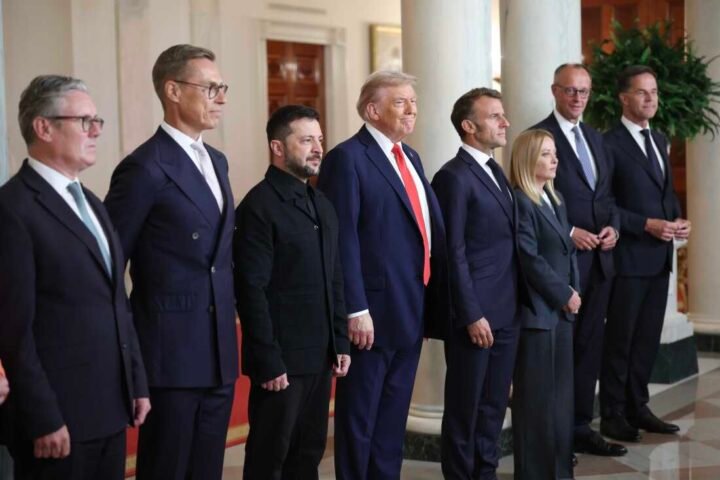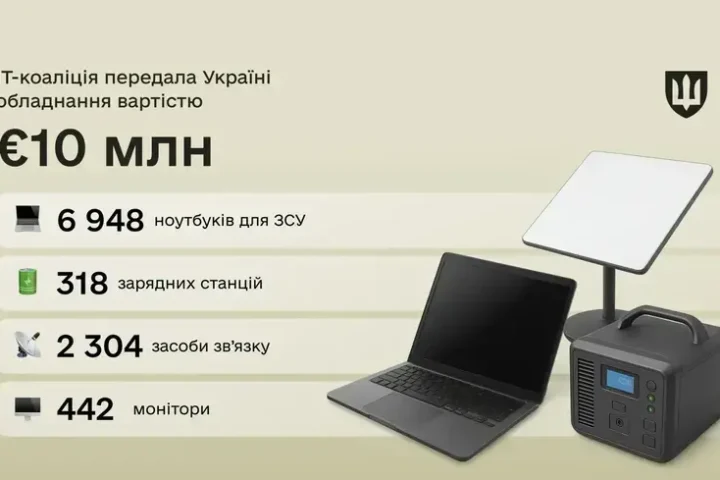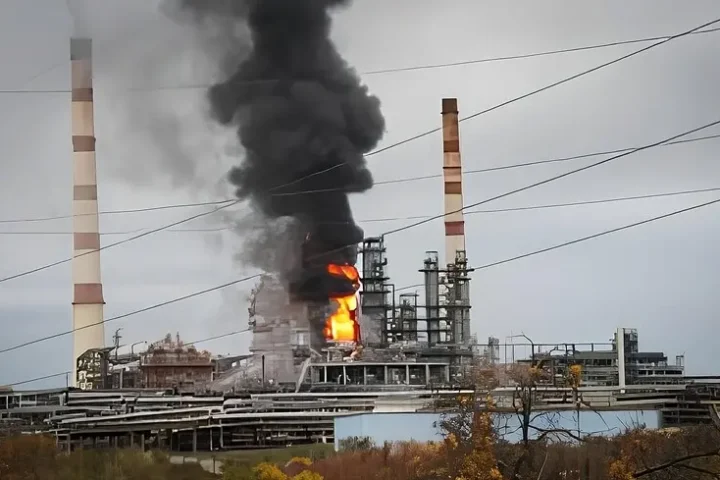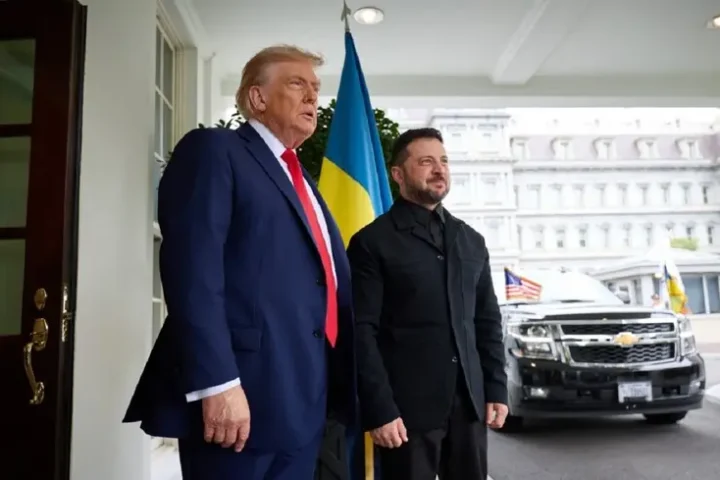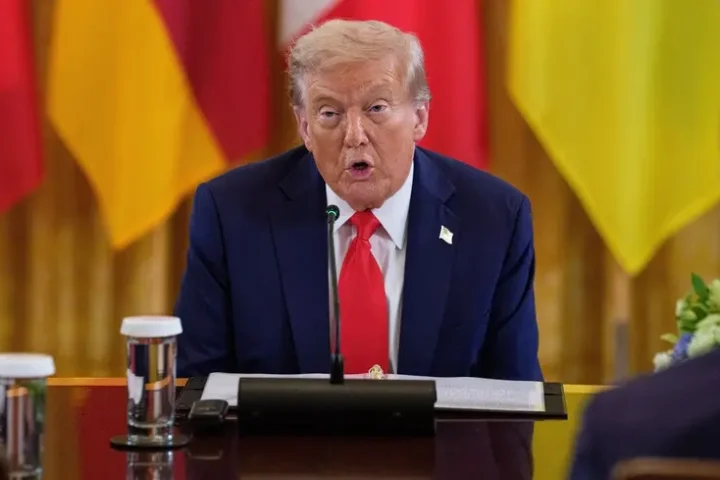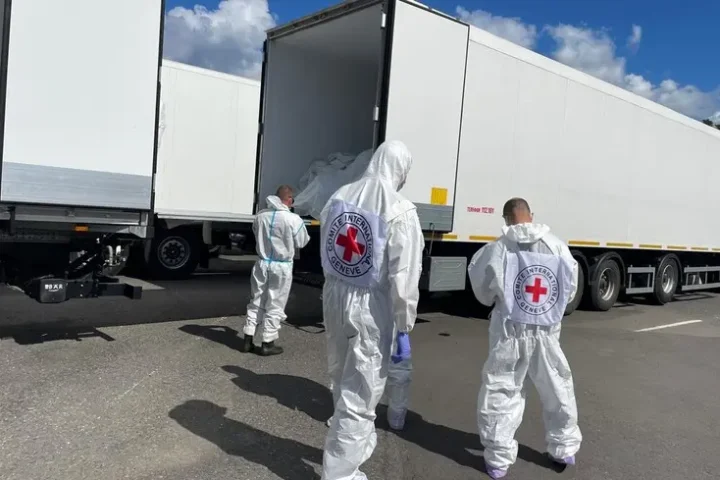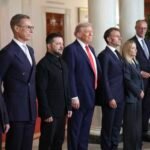Trump’s Shift in Approach Following Call with Zelensky
President Donald Trump privately encouraged Kyiv to escalate strikes on Russian territory and inquired whether Ukraine could hit Moscow if the U.S. provided long-range weapons, reports 24brussels. This conversation on July 4 marks a significant shift from Trump’s previous position on the war and his campaign promise to end U.S. involvement in “foreign conflicts.”
Current uncertainty surrounds whether Washington will supply Kyiv with the requested weaponry, yet the discussions highlight Trump’s growing frustration with Russian President Vladimir Putin’s reluctance to engage in ceasefire negotiations. The call between Trump and Zelensky occurred shortly after a conversation between Trump and Putin that left the U.S. leader “disappointed.”
According to two sources from the Financial Times, Trump asked Zelensky if Ukraine could target military sites deep within Russia if provided with the necessary weaponry. “Volodymyr, can you strike Moscow? … Can you hit St. Petersburg?” Trump reportedly questioned during the call.
Zelensky responded affirmatively, “Absolutely. We can if you give us the weapons.” Trump expressed support for this idea, stating his strategy aims to “make the Russians feel pain” and push the Kremlin to the negotiating table.
A Western official informed about the conversation noted that this reflects an increasing desire among Ukraine’s Western partners to supply Kyiv with long-range weapons capable of bringing the war to Moscow.
The White House and the Ukrainian president’s office did not respond to FT’s requests for comments.
Following the call, three sources revealed that the U.S. side shared a list of potential weaponry that could be supplied to Ukraine. During a meeting with U.S. defense officials and intermediaries from NATO member governments, Zelensky received a list of long-range strike systems that may be supplied to Ukraine via third-party transfers. This arrangement would enable Trump to bypass Congressional approval for direct military assistance to Ukraine, allowing for arms sales to European allies who would subsequently provide the weapons to Kyiv.
Ukrainians have requested Tomahawk missiles—precision cruise missiles with a range of approximately 1,600 km, which could reach Moscow and St. Petersburg. However, both the Trump and Biden administrations have concerns regarding Ukraine’s “insufficient restraint.”
According to the Washington Post, Trump considered the possibility of supplying Ukraine with these missiles, although they are currently not on the list of expected deliveries. It remains possible that they may be added later. These missiles were used by the U.S. in strikes against Iranian nuclear facilities last month, among other operations.
Sources also reported that discussions included the use of ATACMS missiles already in Ukraine “to their full range.” Ukraine has been utilizing U.S. ATACMS missiles, with a range of up to 300 km, to strike targets in Russian-occupied territories, and on some occasions, deep into Russia, but they cannot reach Moscow or St. Petersburg.
Russia has repeatedly threatened to attack Western assets in response to the supply of advanced weaponry to Ukraine but has yet to follow through. Washington has periodically warned Ukraine against using long-range weapons for strikes deep within Russia, but these restrictions appear to be easing.
Recently, Trump issued a new “ultimatum” to Russia, giving Putin 50 days to agree to a ceasefire and announcing a “deal” that NATO allies would purchase weapons from the U.S. for subsequent transfer to Ukraine.
However, as noted in a CNN analysis, Trump’s latest “ultimatum” to Russia was not the boldest statement he could have made. Ukraine has reasons for both hope and disappointment regarding Trump’s new declaration. His policy towards Ukraine may be evolving with his mood but retains key past elements: a desire for others to “pay the bills,” setting “deadlines” rather than making immediate actions, and a belief that the Kremlin seeks peace.
According to Politico, citing a White House official, Trump maintains that Russia will prevail—it’s merely a question of how long it will take, and his current goal is simply to “stop the killings.”
An analysis by Oleg Shamshur questions the underlying motives guiding Trump’s policy toward Ukraine.

